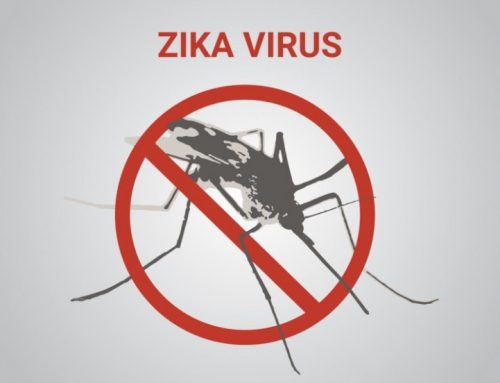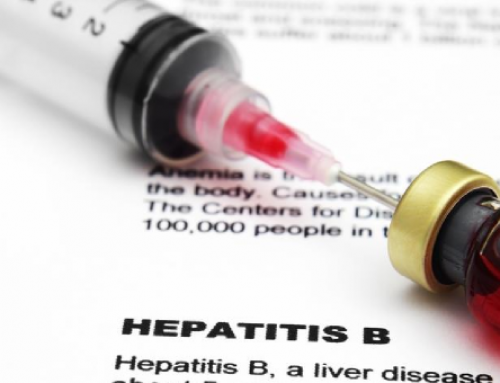A great deal of media attention is currently being devoted to Ebola, the virus that is running rampant in West Africa in what is said to be the worst outbreak ever. Ebola has already killed over a thousand people in the nations of Liberia, Guinea, Sierra Leone, and Nigeria. While efforts are currently being made to stop the outbreak and quarantine those affected, new infections continue to occur at an alarming rate and the disease continues to spread. While Ebola might not pose a significant threat to the United States or to other non-African nations, the high fatality rate of the disease combined with the lack of standard treatment make it a cause for global concern regardless of location.
What is Ebola?
Ebola virus disease (EVD) or Ebola hemorrhagic fever (Ebola HF) is a type of viral hemorrhagic fever that occurs in humans and non-human primates (gorillas, monkeys, chimpanzees) due to infection with Ebolavirus. Five different subspecies of Ebolavirus are known to exist, four of which cause disease in humans. A hemorrhagic fever is a type of fever that can cause bleeding disorders. No vaccine or standard course of treatment currently exists for Ebola and the disease is fatal around 90% of the time.
Where did Ebola Come From?
Ebola first appeared in 1976 in two outbreaks that occurred in Sudan and the Democratic Republic of Congo in Africa. The disease was named after the Ebola River in the Democratic Republic of Congo where one of the villages affected by the virus was located. It is believed that fruit bats in Africa may be a natural host of the Ebola virus, although this has not been proven. These bats are suspected to be carriers of the virus that causes Ebola but do not become sick from it. The fruit bats are then capable of spreading the virus to humans and non-human primates.
How is it Possible (and Not Possible) to Contract Ebola?
Ebola is considered highly infectious but not easily transmitted. In order for it to be transmitted, it needs to come in contact with bodily fluids of another person is infected. This could also be an infected animal or corpses of infected humans or animals. Bodily fluids include a person’s blood, urine, saliva, feces, vomit, sweat, and semen. Ebola can also be transmitted via contact with objects such as syringe needles that have been contaminated with infected body fluids.
It is NOT possible to contract Ebola from being coughed on or breathed on by an infected person (Ebola is not spread through the air), shaking hands with an infected person, or sitting next to an infected person. To be on the safe side, however, it is best to avoid any contact with persons known or suspected to be infected due to the high fatality rate of Ebola.
What are the Symptoms?
The Ebola virus takes 2 to 21 days to incubate inside a person’s body before that person begins to experience symptoms, so it is possible for an infected person to be symptom-free up to 21 days after infection, although it is more common for symptoms to begin 8 to 10 days after infection.
The symptoms of Ebola are truly horrific. The disease starts out causing flu-like symptoms such as high fever, intense weakness, muscle pain, headache, and sore throat. It then progresses in its later stage to vomiting, diarrhea, rash, impaired kidney and liver function, and both internal and external bleeding.
Late-stage Ebola symptoms can include bleeding from the ears, eyes, nose, mouth, rectum, gastrointestinal tract, and from under the skin (subcutaneous bleeding). Reddening and swelling of the eyes, genital swelling, vomiting blood, and bloody stool can also occur.
Some patients who become infected with Ebola are able to recover from the disease. Doctors are not entirely sure why this occurs. In cases in which recovery does not happen, death from Ebola usually occurs due to shock (low blood pressure) or multiple organ failure within 7 to 16 days after symptoms first began.
What are the Treatment Options?
No standard course of treatment exists for Ebola and there is currently no vaccine for the disease. Treatment involves providing supportive care to patients in the hope that their bodies will be able to fight off the virus. Supportive care involves providing intravenous fluids and electrolytes to combat dehydration, maintenance of oxygen levels and blood pressure, pain management, and administration of procoagulants (drugs that encourage blood clotting) to stop bleeding in the later stage of the disease.
Drugs such as ZMapp are currently being developed to combat Ebola. ZMapp, a cocktail of three different antibodies that bind to foreign protein, is still considered experimental and has not yet been widely tested in humans. The drug has effectively treated a group of laboratory monkeys that were infected with Ebola, curing them of the disease. ZMapp has been administered to a small group of Ebola patients, including Dr. Kent Brantly and Nancy Writebol, the two Americans who were infected with Ebola while doing missionary work in Liberia. Due to its experimental status, however, ZMapp is not at this time considered a standard treatment for Ebola.
How can the Spread of Ebola Be Prevented?
The best way to prevent the spread of Ebola is to avoid contact with the bodily fluids of Ebola patients or the corpses of individuals who have died from the disease. The population most at risk for contracting Ebola remains healthcare workers who treat Ebola patients due to their proximity to the disease. Stringent infection control practices must be in place in healthcare settings where Ebola patients are treated. These practices include measures such as wearing masks, gloves, gowns, and goggles, sterilizing all medical equipment, routinely using disinfectant, and isolating Ebola patients from contact with individuals who are unprotected.
Sources: CDC, WHO, Medline Plus, New York Times




Leave A Comment
You must be logged in to post a comment.